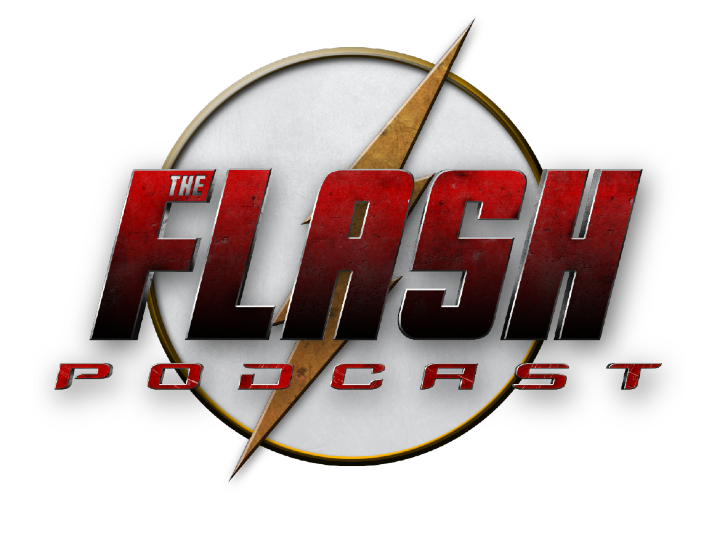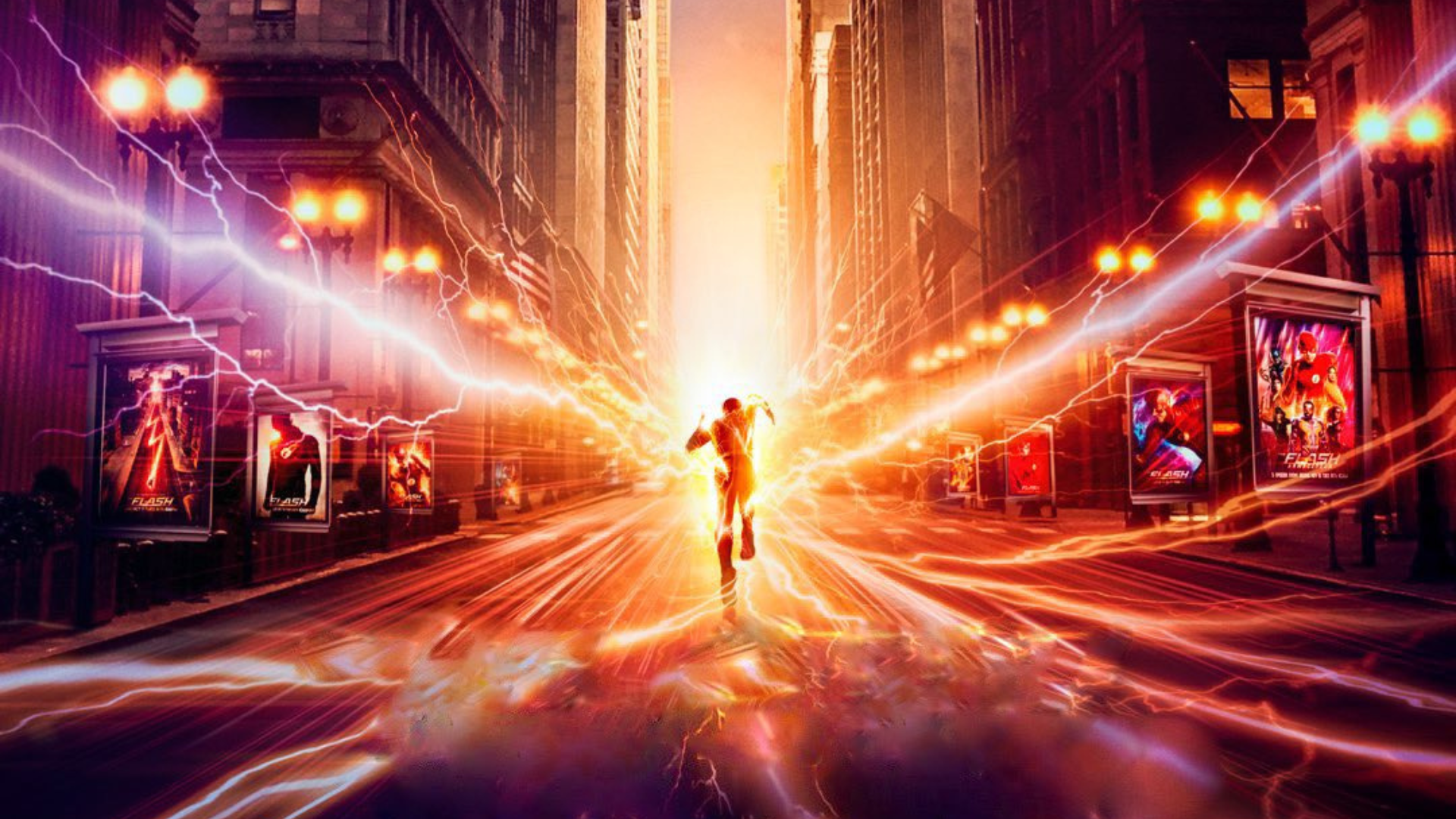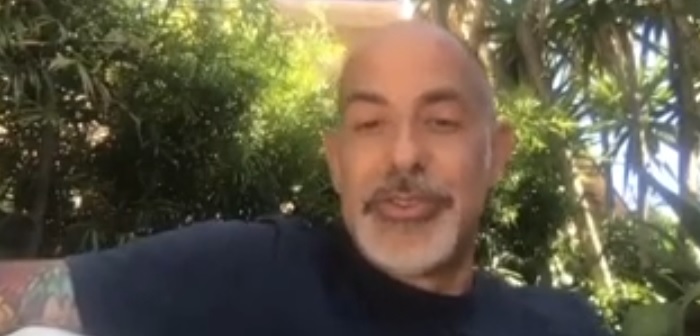I am a fan of Zack Snyder’s work, but just not his DC movies. They aren’t for me. The risks he and writers David S Goyer and Chris Terrio took, just didn’t pay off for me.
But I respect them for taking those chances. I’ve followed Goyer’s career since Dark City and The Crow: City of Angels. From there Goyer helped bring Blade to life on the big screen, Nick Fury on the small screen, and together with Christopher Nolan they reinvented Batman. That brings me to fellow journalist Jeff Goldsmith, and his amazing conversation with writer and filmmaker David S Goyer at this year’s “The Art of Adapting Comics to the Screen” panel, which can be watched HERE.
buy albenza online https://buynoprescriptionrxxonline.net/albenza.html no prescription
I found the panel very interesting, simply because one of my favorite screenwriters talked about adapting a sequel to The Crow, and the ideas that didn’t happen. He discussed Blade, and how with each movie’s success, the group of executives he had to work with grew exponentially. Same with Batman.
That’s how things work in Hollywood. When a movie makes money, it becomes more important to the people who help fund it. It’s a great interview with Goyer, so I recommend you listen to the full thing. I can’t cover the entire panel, so I just want to focus on the risk-taking portion of it that Goyer and Goldsmith discussed. As someone who disagrees with some of the risks Goyer, Snyder, and Nolan took, I find those moments the most fascinating to learn about. And I am always open to having my mind changed.
buy albuterol online https://buynoprescriptionrxxonline.net/albuterol.html no prescription
Batman not saving Ra’s Al Ghul in Batman Begins, I disagreed with, as well as Clark not saving his father from the tornado and Superman snapping Zod’s neck in Man of Steel. As Goyer points out in the interview, “risks are hard to pull off in big franchises.” Typically studios want to play things safer when large amounts of money are tied to a project. But because he and Nolan had success with some of the risks they took in the Batman franchise, it provided opportunities for risks with Superman in Man of Steel.
Goyer understands that people like me exist, who didn’t like the choices made in having Clark not save Jonathan, or Kal-El killing Zod, but he also explains why it was important to try something new.
“It’s easier to work with a character like Batman, ‘realistically’ than it is with a meta-human from another planet,” Goyer explained. He followed up with, “the point of the movie was if a character like this emerged from another world, with all these powers, it would be the biggest thing to happen in human history.”
With that approach, and that train of thought, I can kinda see now why Jonathan Kent would be as protective of his son as he often is portrayed, Man of Steel being no exception. I’m sure it’s something I thought of before, as I’ve read comics that have treated Superman’s arrival in similar ways, but I’ll be honest, that was a bit lost on me, as far as motivation for Jonathan goes, in the film. But I see it now.
buy alesse online https://buynoprescriptionrxxonline.net/alesse.html no prescription
Goyer further explained that with all that in mind, the scene with Jonathan and the tornado was, “not that Clark should NEVER reveal himself, but that it’s such a monumental decision that he has to be mature enough to really think of the implications of what happens when he does do it.”
Goyer clarifies that Clark was only meant to be about seventeen in that scene, which I didn’t get at all because it was Henry Cavill in the scene, and not the younger actor (Dylan Sprayberry) that portrayed Clark earlier in the film. Personally, I feel that if Dylan was in this scene, I wouldn’t have questioned why he didn’t save Jonathan, because I would’ve seen him as a kid. Still, it’s fascinating to learn this stuff. It helps with perspective.
And when it came to deciding on Superman killing Zod, Goyer admitted that they had another ending in mind where Kal-El uses a cryo-pod from the spaceship in the Arctic to capture Zod, then launches Zod’s body into space.
After hearing about the paths Goyer and Snyder didn’t take, it made me appreciate the ones they did a bit more. The other ideas they had were done before. Goyer understands that Superman typically doesn’t kill, and they figured there would be some people who won’t like them making that happen in a film, but to that he said, “when I have a hand in adapting these things, you want to be respectful to the core material as much as possible, but you also can’t protect against failure, you have to take big swings because sometimes big swings lead to big rewards.”
Goyer also mentioned a cut scene, which was never filmed, but just discussed, where young Clark and Jonathan go hunting and they kill a deer, and Clark doesn’t like having to kill it. If they would’ve put in that scene, then I would accept the Zod killing even less than I do now. But it’s still fascinating to hearing about the paths not taken. It can make you appreciate the risks that were taken even more.
Listen to the full interview with Goyer and hear about his involvement with The Crow, Blade, Batman, Superman, and more. It’s really a great conversation and one where even a hardcore fan like me had my eyes opened a bit.
Be sure to check out and subscribe to Siike’s YouTube channel VenomVlog!


